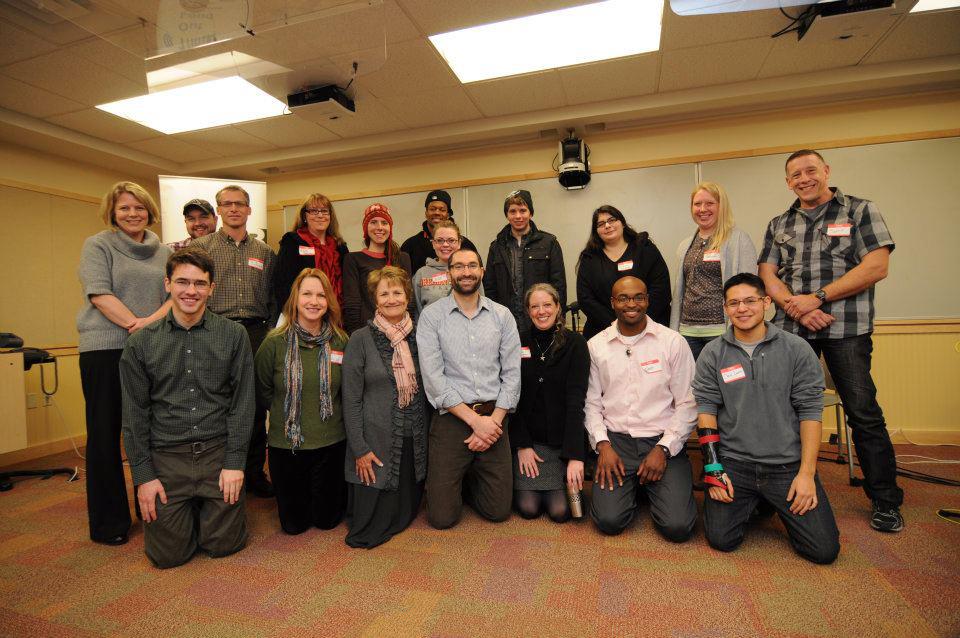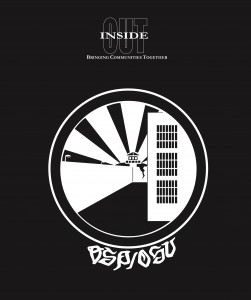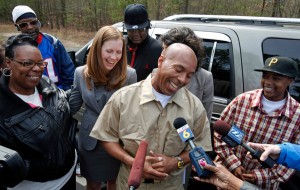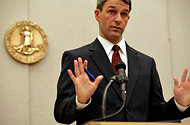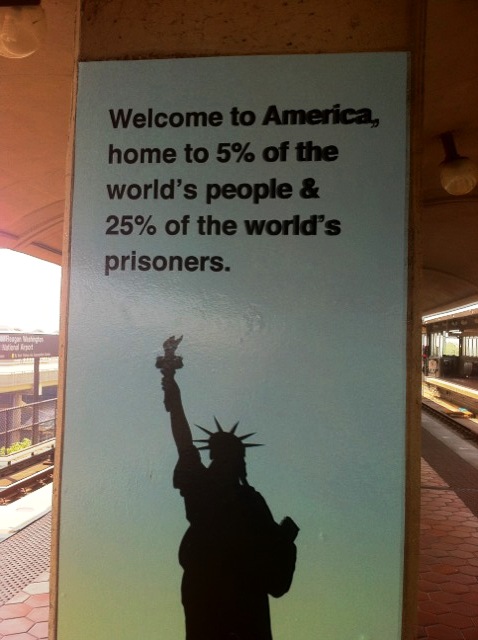 I spent some time in court today, taking the stand to share some research on voting and disenfranchisement. I’ve done this sort of thing a few times before, but courtrooms, sworn oaths, and cross-examinations are still a little scary to me — more like heebie-jeebies scary than howling fantods scary — but scary nonetheless. Whenever I get anxious, though, I try to “do as I say” in my capacity as advisor, editor, or chair.
I spent some time in court today, taking the stand to share some research on voting and disenfranchisement. I’ve done this sort of thing a few times before, but courtrooms, sworn oaths, and cross-examinations are still a little scary to me — more like heebie-jeebies scary than howling fantods scary — but scary nonetheless. Whenever I get anxious, though, I try to “do as I say” in my capacity as advisor, editor, or chair.
When my students are anxious about presentating their work, I tell them what my little league coach told me on his (frequent) trips to see me on the pitcher’s mound: trust your stuff. I remind them about all the preparation, hard work, painstaking research, analysis, and careful writing they’ve done on the subject. If they”re well-prepared, know what they’re doing, and have good stuff to present, there’s really little reason for anxiety. And, at that point, they can direct their energies into communicating effectively, rather than worrying about freaking out, melting down, or curling up in a fetal position before a room of stunned observers.
Social scientists are trained to be appropriately cautious in presenting our work to peers and to the public, but such caution shouldn’t morph itself into learned helplessness or defeatism. As editors, we’re often encouraging writers to trust their stuff — “We actually know a lot about that right? You don’t need to put “may,” “perhaps,” “preliminary,” and “exploratory,” in the concluding sentence. You’ve actually written some good stuff that’s quite convincing on those very points, right?”
So, while it makes good sense to worry about “overselling” a particular study or finding, there’s also a danger in “underselling” the real knowledge we’ve gained on a topic of importance. When I see social scientists overselling or overreaching, it is usually because they’ve gotten away from their stuff and started popping off about things they haven’t researched or thought much about.
I was thinking of this after raising my right hand and striding across the courtroom to take the stand — just stay on your research and trust your stuff. And it seemed to work out okay today — I said “I don’t know” when I lacked the information to answer a question responsibly, but I also made clear that we have learned some information relevant to the case at hand.
Learning how to trust your stuff comes in as handy in the courtroom as it does in the lecture hall or on the pitcher’s mound. Of course, it won’t eliminate all sources of anxiety. While 95 percent of my attention may have been devoted to responsibly communicating the research, about 5 percent was still pretty anxious. So, however much I may trust my research, I’m still mortified that my fly may be down when I feel a cool breeze on my way to the witness stand.
– cross-posted at The Editor’s Desk
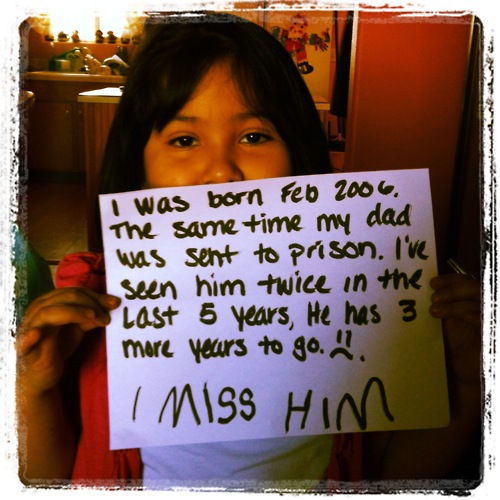 Inspired by the Occupy movement, my Fall 2011 Inside-Out students started a tumblr site – We are the 1 in 100 – representing the 1 out of every 100 American citizens who are behind bars. Each of the students – both inside (from the Oregon State Penitentiary) and outside (from Oregon State University) – wrote a statement or fact of their own choosing. Not quite all of those pieces have made it online yet, but little by little we are working to grow this site into a place where the voices of those inside and those who care about people inside can be represented.
Inspired by the Occupy movement, my Fall 2011 Inside-Out students started a tumblr site – We are the 1 in 100 – representing the 1 out of every 100 American citizens who are behind bars. Each of the students – both inside (from the Oregon State Penitentiary) and outside (from Oregon State University) – wrote a statement or fact of their own choosing. Not quite all of those pieces have made it online yet, but little by little we are working to grow this site into a place where the voices of those inside and those who care about people inside can be represented.
